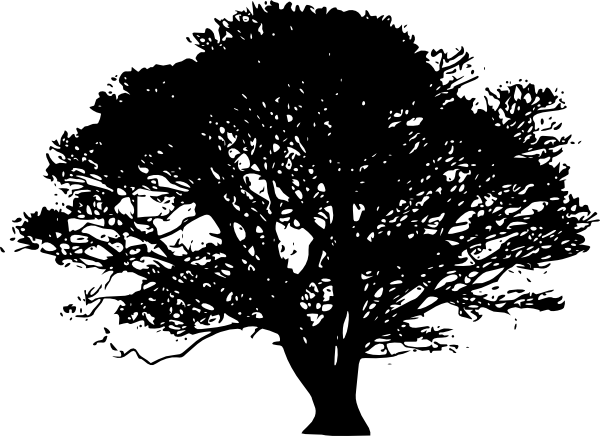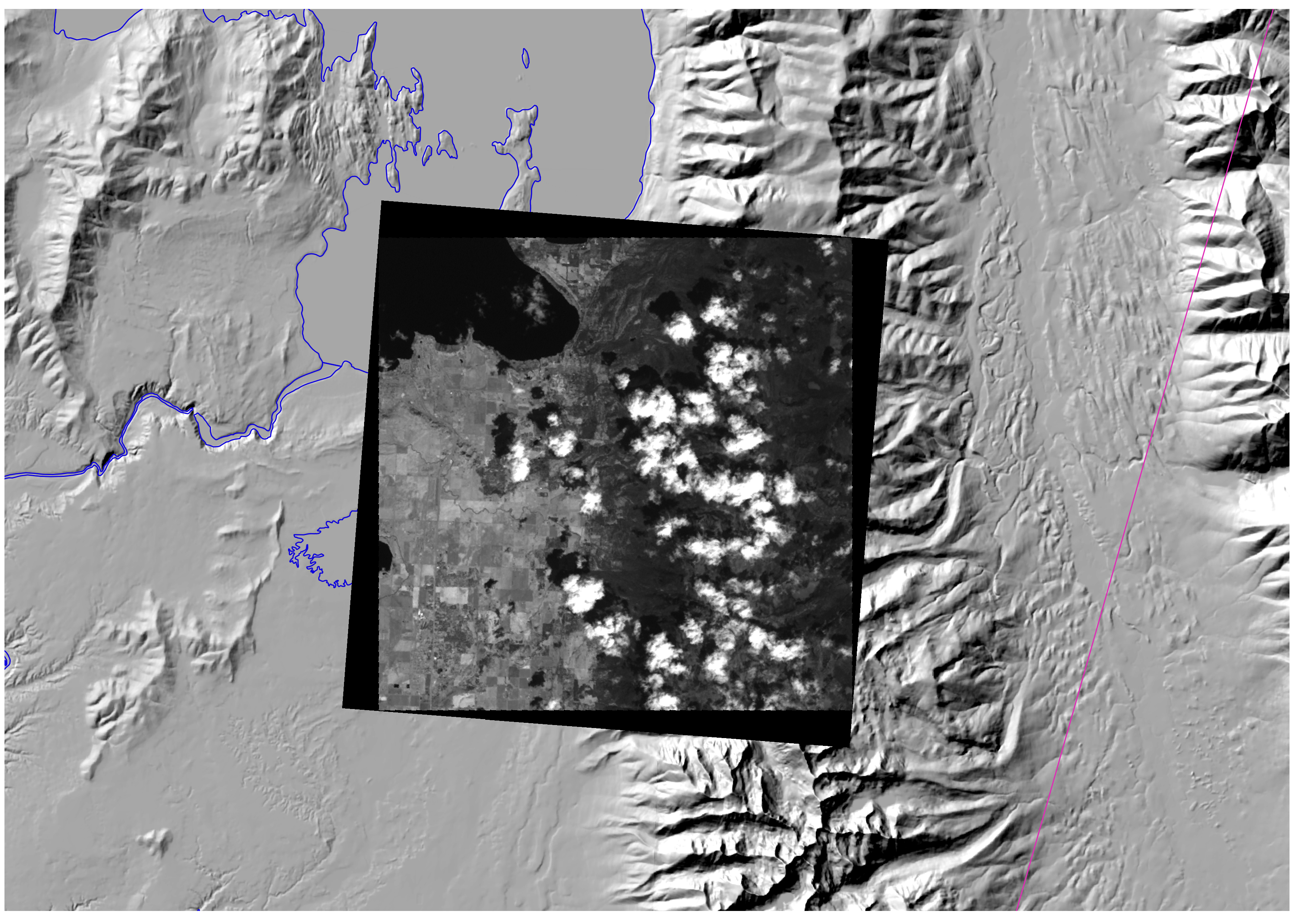Provides a class to process images from various satellites, return: geographic information, cloud mask, reflectance, brightness temperature.
At this point, Landsat 5, 7, 8 (i.e., TM, ETM+, OLI, TIRS; a.k.a. LT5, LE7, LC8) are supported.
Use Landsat 578 to download and unzip an image based on
the date and the location, pass the directory containing the unzipped package of files,
and get an object that full attributes, a bounding feature, and methods to return ndarrays
with all the information we want from Landsat:
- Fmask cloudmask, water mask, shadow mask, or combination mask.
- NDVI, NDSI; Normalized difference vegetation density, snow density.
- At-satellite brightness temperature for thermal bands.
- Reflectance for optical bands.
- Albedo using the method from Smith, currently working on Tasumi.
- Save any of these arrays as a GeoTiff.
Installation:
pip install SatelliteImage
Given this small section of a Landsat 7 image of the S. Flathead Lake and the Mission Mountians in Montana, ETM+ band 5:
import os
from sat_image.image import Landsat7
from sat_image.fmask import Fmask
def fmask(image_dir, outdir):
l7 = Landsat7(image_dir)
f = Fmask(l7)
cloud, shadow, water = f.cloud_mask()
combo = f.cloud_mask(combined=True)
f.save_array(cloud, os.path.join(outdir, 'cloud_mask_l7.tif'))
f.save_array(shadow, os.path.join(outdir, 'shadow_mask_l7.tif'))
f.save_array(water, os.path.join(outdir, 'water_mask_l7.tif'))
f.save_array(combo, os.path.join(outdir, 'combo_mask_l7.tif'))
return None
if __name__ == '__main__':
image_directory = os.path.join('data', 'images', 'LE70410272007125EDC00')
out_directory = os.path.join('data', 'masks')
fmask(image_directory, out_directory)
Gives the cloud mask:
the shadow mask:
the water mask:
or a combination of all masks, leaving 0 everywhere there is clear sky:
import os
import datetime
from sat_image.image import Landsat7
def ndvi(image_dir, outdir):
l7 = Landsat7(image_dir)
ndvi = l7.ndvi()
date = l7.date_acquired
date_str = datetime.datetime.strftime(date, '%Y%m%d')
ndvi.save_array(ndvi, os.path.join(outdir, 'ndvi_l7_{}.tif'.format(date_str)))
return None
if __name__ == '__main__':
out_directory = os.path.join('data', 'ndvi')
image_directory = os.path.join('data', 'images', 'LE70410272007125EDC00')
fmask(image_directory, out_directory)
Gives NDVI, or Normalized Density Vegetation Index:
and so on...
We're currently working on atmospheric corrections based on Tasumi (2008). Please contribute and make a pull request!






